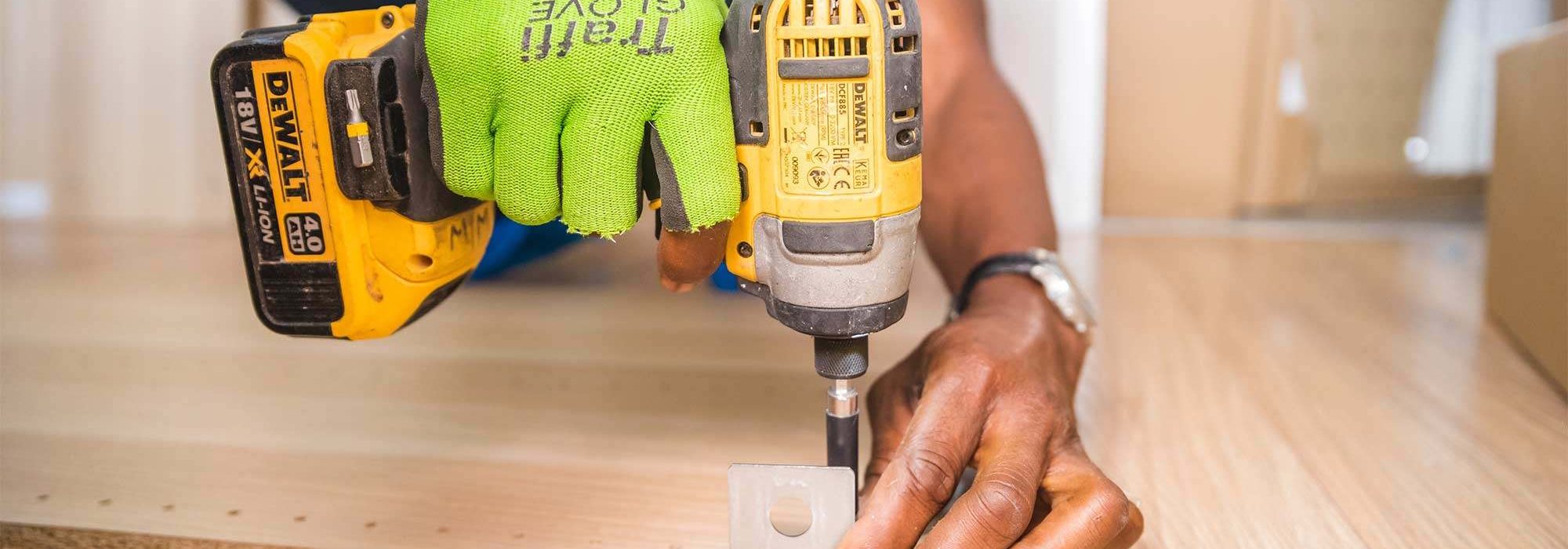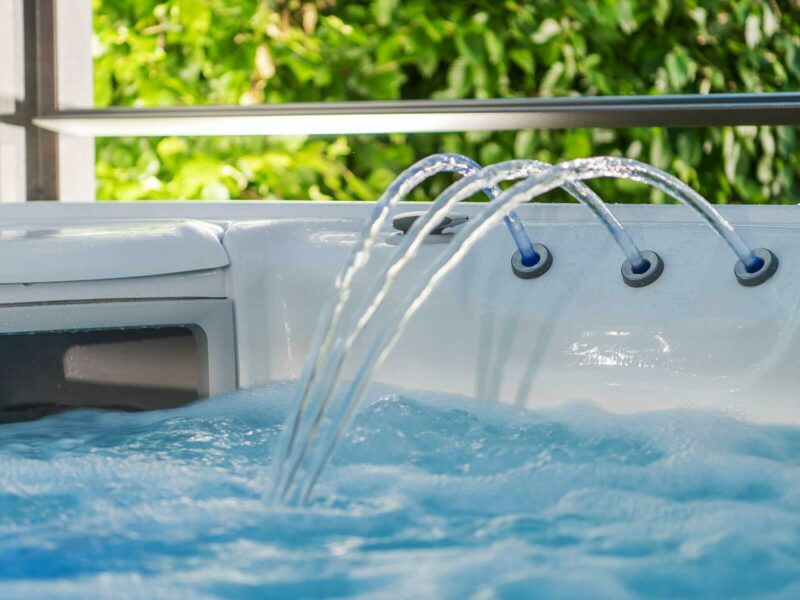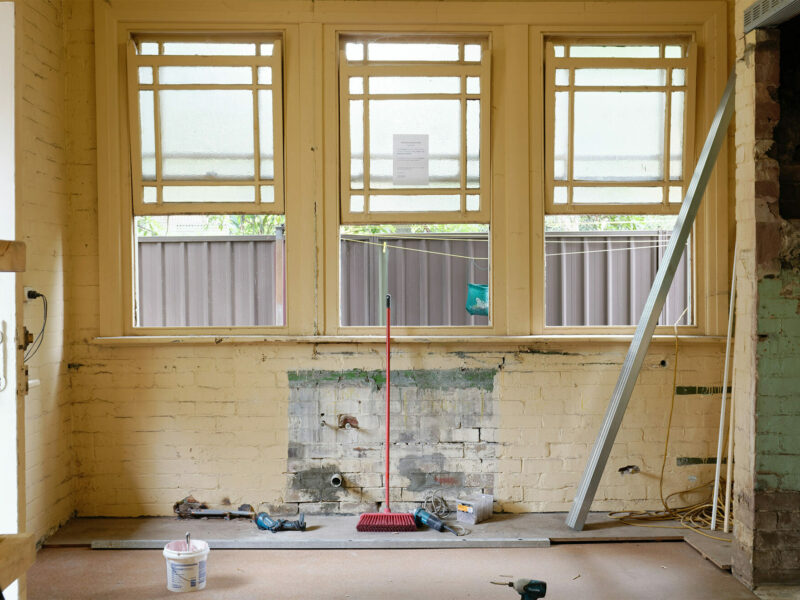Article Excerpt
How does it work when you get a renovation loan with a mortgage - FHA, Conventional, or VA? We’ll also run through the basic differences of 203k Streamline vs Standard vs Homestyle.
Getting a renovation loan with a mortgage
In some markets, it can be tough to find affordable first homes that’re move-in-ready.
Renovation loans can be especially helpful to first-time homebuyers looking to move into an entry-level home that needs a little work without draining their savings.
Renovation loans help homebuyers make improvements to their home. They’re also called rehabilitation loans and home improvement loans. When you get a renovation loan with a mortgage at the same time, the two loans actually combine as one single loan with one interest rate. They can help take care of cosmetic or structural improvements, and work can begin as soon as you close on your loan.
There are also renovation loan options for current homeowners already paying a mortgage. If you’re using a refinance loan, your additional funds for renovations can be added in. Other kinds of loans can be added separately as a second loan in addition to the original mortgage. Those don’t combine into an already-existing mortgage.
Renovation loans with the FHA program
The FHA program offers options to roll renovation costs into your mortgage. Even when adding the renovation costs, you still get to take advantage of a low 3.5% down payment requirement. But the FHA’s renovation loan options can only be used on your primary residence. And, they can’t be used for any improvements considered to be luxuries.
Use our mortgage calculator to estimate your monthly payment.
Get Your Estimate203k streamline vs standard
The FHA 203k streamline (now known as a limited 203k) and the FHA 203k standard both work the same way: the renovation costs are rolled into a single loan with your mortgage. But there are some important differences, too.
A limited FHA 203k loan is capped to a max of $35,000 in project costs, and it can’t be used for structural repairs to your home. They can be used for a lot of improvements. Here’s a few examples:
- Paintwork
- Repairs or additions to decks and patios
- Floor replacements
- Upgrading HVAC systems
- Purchasing new appliances
But a limited 203k loan can’t help out with repairs if they prevent you from inhabiting your home. That’s when you’d need to move up to a standard 203k.
A standard FHA 203k loan can provide more than $35,000, and can help with structural repairs or improvements, such as removing a wall. There is no standard 203k loan limit, as long as the combined repair cost and purchase price doesn’t exceed the county’s limit. Here are some examples of improvement work that a standard 203k would cover that limited 203k loans don’t:
- Adding a room
- Removing or relocating a wall
- Repairing damage to the structure of the house
- Anything requiring more than three months of scheduled work
- Anything causing you to leave the property for more than thirty days
Renovation loans with a conventional loan
One of the most popular renovation options that come with a conventional loan is the Homestyle renovation loan. The eligibility requirements follow along with the same conventional requirements. The homestyle renovation loan limit works in the same as the 203k loan limit - as long as the combination of the purchase price and renovation costs are under the limit, you’re good to go.
Homestyle renovation loan vs 203k
The simple reason that some borrowers choose Homestyle is because they can do more with it. Compared to a 203k loan, a Homestyle imposes less restriction on the kinds of improvements you can make. It can help fund a new swimming pool, other luxury improvements, big structural changes, plus everything a standard FHA 203k loan can.
There’s a higher loan limit allowed with a Homestyle, and you can make improvements to properties that aren’t your primary residence. That means can use a Homestyle loan on investment properties and vacation homes.
But some borrowers find an FHA 203k to be a better option (or maybe their only option). The down payment for a Homestyle renovation loan is going to have a higher starting point than an FHA 203k. In most cases, you’ll need a 5% down payment with a Homestyle, compared to 3.5% with a 203k.
VA renovation loan guidelines
VA renovation loan guidelines follow along with the normal VA loan guidelines. Basic service requirements, a valid Certificate of Eligibility, and a credit score of 620 or higher are all needed to be eligible for a VA renovation loan. But there are some additional rules, too:
- The renovations shouldn’t only make the home look nicer, but should improve the home’s use and safety
- All renovations have to be complete with 120 days of closing
- After completing renovations, the home must still meet VA property guidelines for health and safety
Not all mortgage lenders are equipped to provide a VA renovation loan. VA renovation loan lenders are sometimes a challenge to find. The Wood Group of Fairway is a trusted veteran-led lender - you can get started on seeing exactly what you qualify for right here.
See what you qualify for today!
The Wood Group of Fairway is the lender Texans trust. Whether it’s an FHA, conventional, or a VA loan, we’re happy to help answer all your questions. Get started on a free pre-approval today to find out exactly what your best mortgage options are!



